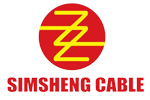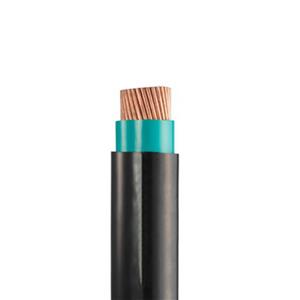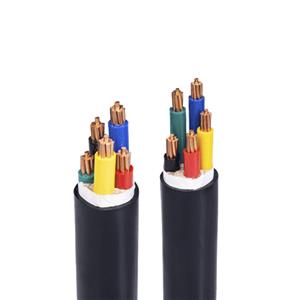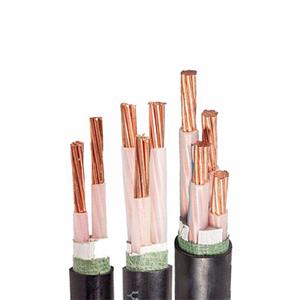如何提高電線電纜的性能
In modern life, wires and cables are like an invisible "hero", silently playing a key role, but often overlooked by us. From various electrical appliances in the home to the huge power transmission network in the city; from data transmission in communication base stations to automated production lines in factories, wires and cables are everywhere, shouldering the heavy responsibility of transmitting power and signals. So, how can we improve the performance of wires and cables so that this "hero" can better serve us?
Materials are the foundation: The materials of wires and cables mainly include conductor materials and insulating materials, which play a decisive role in the performance of cables. Common conductor materials are copper and aluminum. Copper has better conductivity than aluminum. Copper cables and aluminum cables with the same cross-sectional area have lower resistance and can transmit electric energy more efficiently. Copper is often used as a conductor material in long-distance power transmission and occasions with high requirements for conductivity. The quality of insulating materials is also crucial. High-quality insulating materials can improve the insulation performance of wires and cables, effectively prevent leakage, short circuit and other problems, and ensure the stability of signal transmission.
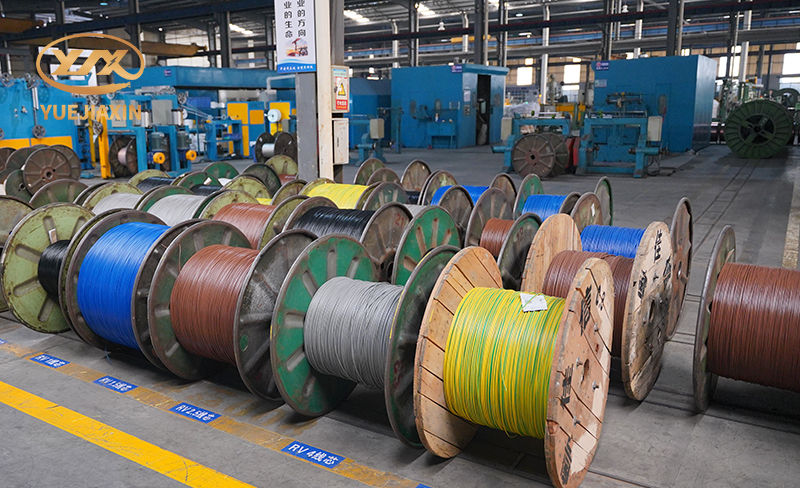
Wire diameter is important: The wire diameter of wires and cables directly affects their conductivity. Generally speaking, the thicker the wire diameter, the smaller the resistance of the cable, the stronger the anti-interference ability, and the higher the transmission efficiency. In long-distance power transmission lines, the use of cables with thick wire diameters can effectively reduce the loss of electric energy during transmission. However, in actual applications, the thicker the wire diameter, the better. Factors such as cost and installation space also need to be considered. In some small electronic devices, due to limited space, wires and cables with thinner wire diameters are needed to meet wiring requirements.
Good contact: The contact performance of the circuit is closely related to the conductive performance of the wires and cables. If the contact at the joints of the wires and cables is poor, the contact resistance will increase, causing attenuation and interference in the signal transmission. In severe cases, it may even affect the stability and reliability of the entire circuit, causing the equipment to not work properly. In daily life, we sometimes encounter situations where light bulbs flicker and electrical appliances run unstably, which is most likely caused by poor contact of the wires. In order to ensure good contact between the wires and cables, it is necessary to select high-quality terminals and plugs, and ensure that the installation process meets the standards.
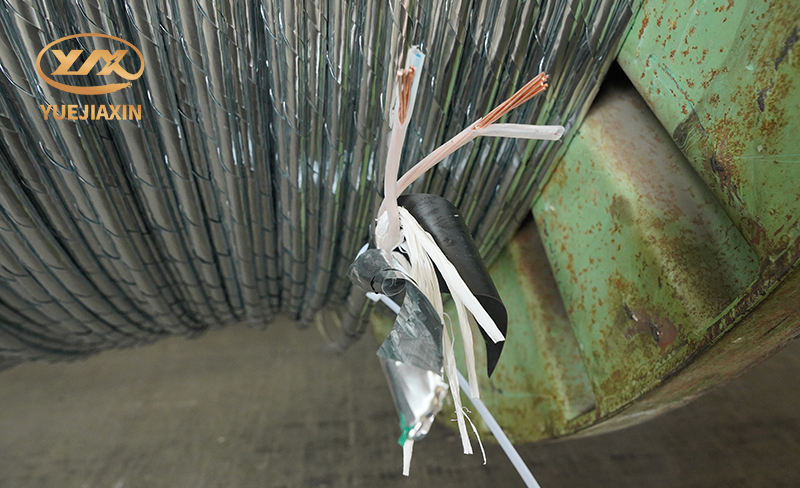
環境挑戰:環境因素也是影響電線電纜性能的重要因素。高溫環境會加速電纜絕緣材料的老化,降低其絕緣性能,並增加導體電阻,影響電力傳輸效率;潮濕的環境容易讓潮氣滲透到電纜內部,造成絕緣受潮問題,導致絕緣電阻下降,增加漏電、短路的風險。在一些化學公司,電纜還可能被化學物質腐蝕,進一步損害其性能。
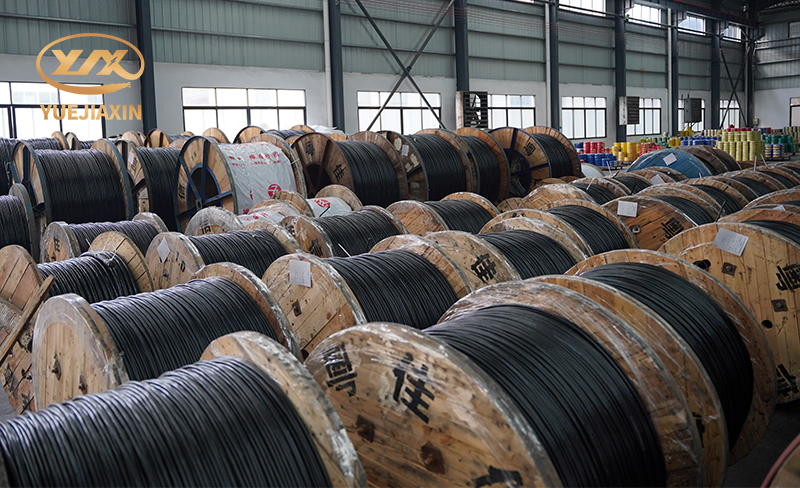
性能改進電線電纜是一個持續的過程,它關係到我們生活的各個層面,也影響著各產業的發展。希望透過今天的分享,能夠讓大家對電線電纜的性能提升有更深的了解。
- 聚氯乙烯絕緣電纜
- 450/750V BV 單芯銅/聚氯乙烯電纜
- 450/750V BVR 單芯銅/PVC 電纜
- 300/500V 或 450/750V RV 單芯銅/PVC 軟電纜
- 300/500V 或 450/750V RVV 多芯銅/PVC/PVC 柔性黑色電纜
- 300/500V 或 450/750V RVV 多芯銅/PVC/PVC 柔性白色電纜
- 300/500V或450/750V RVVP多芯Cu/PVC/CWS/PVC屏蔽軟電纜
- 450/750V KVV多芯Cu/PVC/PVC控制電纜
- 450/750V KVV22多芯Cu/PVC/STA/PVC鎧裝控制電纜
- 450/750V KVVP多芯Cu/PVC/CWS/PVC屏蔽控制電纜
- 450/750V KVVP2-22多芯Cu/PVC/CTS/STA/PVC屏蔽鎧裝控制電纜
- 0.6/1KV聚氯乙烯絕緣聚氯乙烯護套單芯電力電纜
- 0.6/1KV聚氯乙烯絕緣聚氯乙烯護套多芯電力電纜
